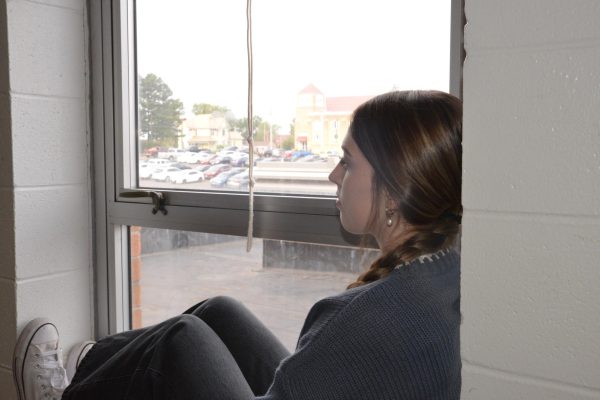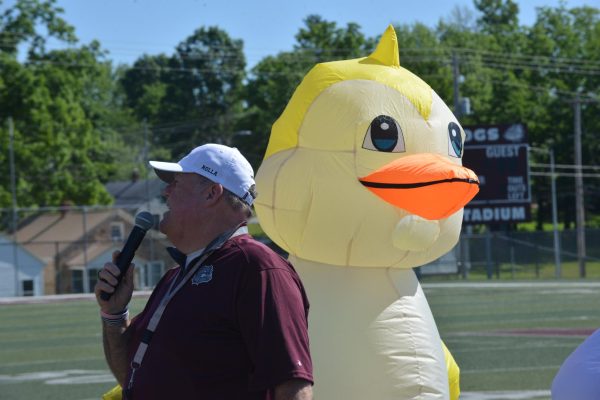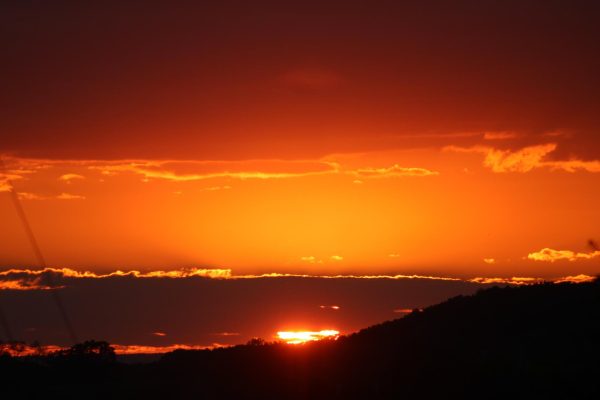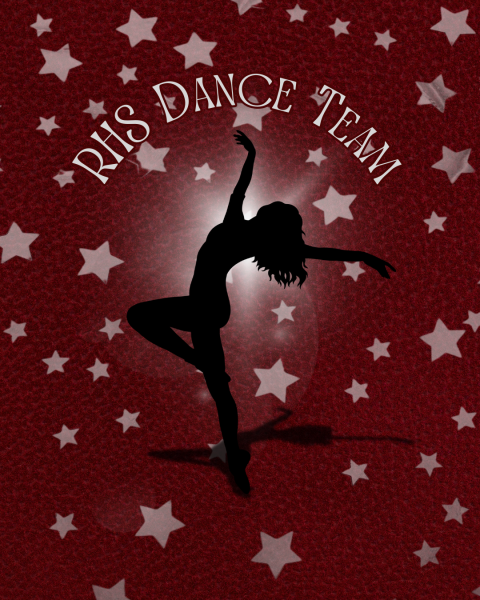Hunters take to the woods
To some, nothing can beat the feeling of walking to a treestand on a chilly October morning. These are the people who don’t mind waiting hours in the freezing cold, silently watching and waiting for a enormous buck to emerge from the woods. There are different driving forces behind why each person makes a conquest into the woods. For junior Brett Hoffman, it is simply a matter of tradition.
“Its been in the family for quite a few generations now. [I] started as soon as I could. It’s kind of natural. I feel like I’m carrying on a family tradition,” Hoffman said.
Senior Denver Spurgeon’s reasons for hunting are primarily focused on the sport aspect that hunting brings to some people.
“Its pretty much the adrenaline rush that gets me. It’s more of a sport for me, because that’s my passion. It’s what I love to do. I take it a little more seriously [than most people],” Spurgeon said.
Senior Paige Newkirk’s desire to hunt is simply an addiction.
“My grandpa has been trying to get me into to it for about five years, and about three years ago I went for the first time and I killed something so I’ve always went back,” Newkirk said.
According to the Missouri Department of Conservation, during the 2013-2014 hunting season, 252,574 deer were harvested. There are many different hunting season opportunities available in Missouri. Spurgeon takes advantage of bow season.
“You see way more deer [during bow season]. You can’t just go out there and shoot one from 300 yards. You have to watch them. You have to be patient. You’re right up close to a deer. It’s hard, because they smell you so much when you’re closer. When you’re far out they aren’t ever going to smell you. It’s a lot more rewarding [to go with a bow],” Spurgeon said.
One of the most exciting moments for some hunters is after they have made the perfect shot on a deer. The thoughts that go through the hunter’s head in the moments after varies from person to person, but Spurgeon has a simile.
“It’s like you can’t even stand, because your knees are shaking so bad. Your whole body is just shaking so much. You can barely talk. Its awesome. It’s like doing crack, but not as bad,” Spurgeon said.
Hoffman’s reaction is not much different.
“You really can’t [describe it]. Basically, you feel all the hours are worth it. I feel like I’ve accomplished more than just a goal,” Hoffman said.
For other hunters, a lot of behind the scenes preparation goes into the hunt. Countless hours of scouting and planting are done to get the best chance of killing a huge buck.
“I really just think you have to put the time into it, and [that] putting food plots in is the key to getting big deer. I’d say [I put in] 100 hours, of just not hunting, [but] leading up to the hunting. It’s worth it when I kill a monster,” Spurgeon said.
After the kill comes the time to field dress and clean the deer.
“When I killed my third deer, which was a twelve point buck, I skinned and gutted it for the first time and that was a unique experience,” Newkirk said.
According to Spurgeon, the aspect of blood might make hunting a dying tradition.
“I think [less people will hunt]. I think it will get worse. A bunch of these hoodlums are running around. They don’t like to hunt. They think they’re too good for it. They don’t like to get blood on ‘em,” Spurgeon said.
However, Hoffman has a plan to combat the decline of hunters.
“Take little kids. That’s the big thing. Get them started. It’s much more of a reward to watch someone younger than you kill one than for yourself to kill one. It adds to it to see someone else take pride in it,” Hoffman said.







